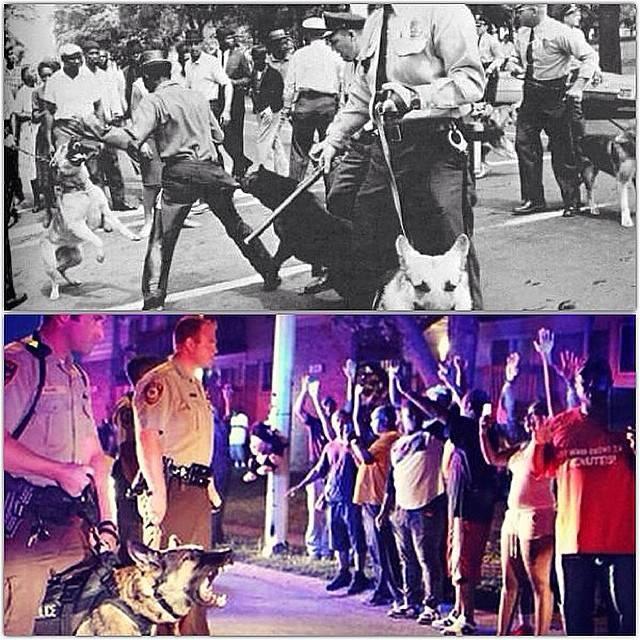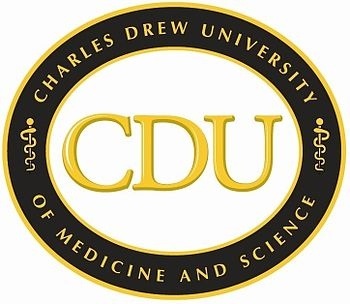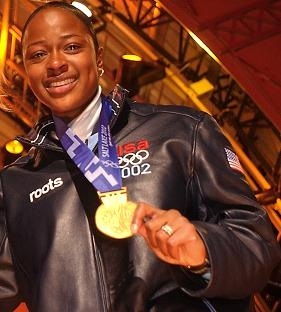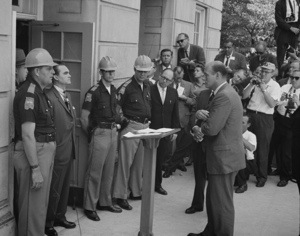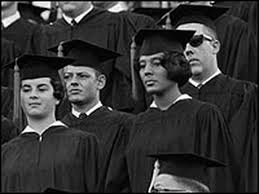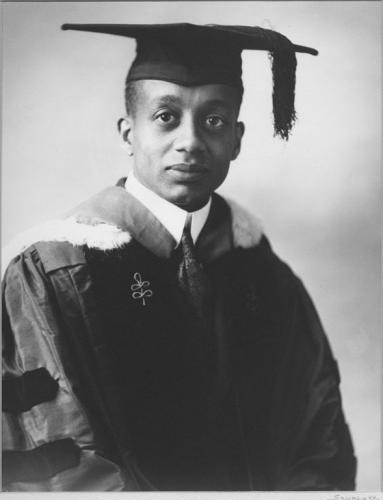In the years after the Civil War, there were millions of newly-freed Black children and adults who emerged from slavery worn but eager and determined to get something they never had—a chance to learn how to read the Bible, write their names and words on a page, and be educated.
PAUL QUINN COLLEGE
Founded in 1872 in Austin, Texas, by a small group of African Methodist Episcopal preachers at Metropolitan A.M.E. Church, Paul Quinn College began as a high school. But it was A.M.E. Bishop William Paul Quinn who envisioned an expanded campus and broader curriculum for its students that included liberal arts and trades. The college was chartered by the state of Texas in 1881.
VIRGINIA UNION UNIVERSITY
After 1865, teachers and missionaries from the American Baptist Home Mission Society arrived in Richmond, Va., the former Confederate capital, and spent nearly three decades educating newly freed Blacks as teachers and preachers. They used the basement of Ebenezer Baptist Church on Leigh Street as the first home of a school for Black women that was modeled after Wellesley College in the North. From the eventual closure and merger of four of the Mission Society’s seminaries and colleges came Virginia Union University in 1899.
MOREHOUSE COLLEGE
In 1867, two years after the Civil War ended, Augusta Institute opened in the basement of Springfield Baptist Church, considered the oldest independent African-American church in the U.S. The Augusta Institute prepared Black men for the ministry and teaching. Today we know it as Morehouse College.
SHAW UNIVERSITY
Shaw University was founded in 1865 by the American Baptist Home Mission Society of the Baptist Church to provide a theological education to freed Blacks.
OAKWOOD UNIVERSITY
When the Seventh-day Adventist Church decided to educate Black students in the South, they established an industrial school in 1896. The school became Oakwood College in 1943. Later renamed Oakwood University in 2008, the institution is the only Black university-owned and operated by the Church.
XAVIER UNIVERSITY
Wanting to give Black and Native American children in the South the Catholic-oriented education she thought they lacked, Katharine Drexel, a Philadelphia heiress turned Catholic nun and later saint, used her inheritance to open a high school for these students in 1915. Drexel and the Sisters of the Blessed Sacrament added Xavier University of New Orleans, a four-year college, in 1925. It remains the nation’s only Black Catholic university.

